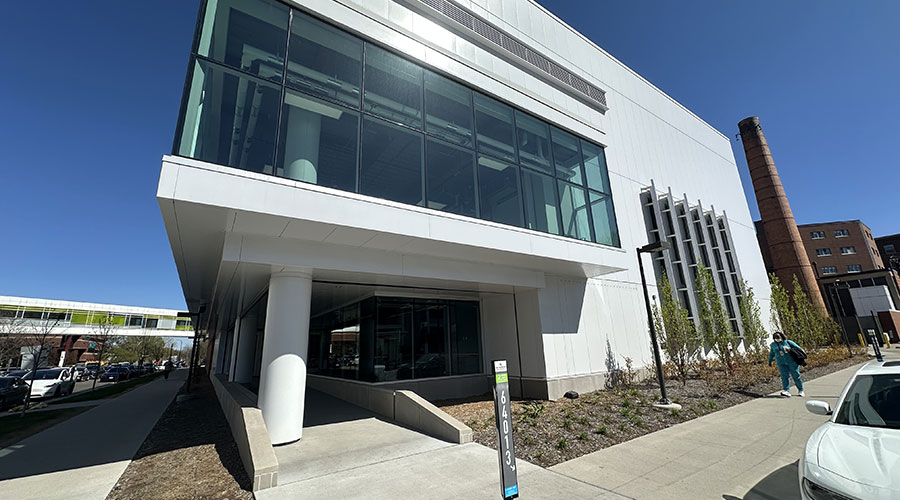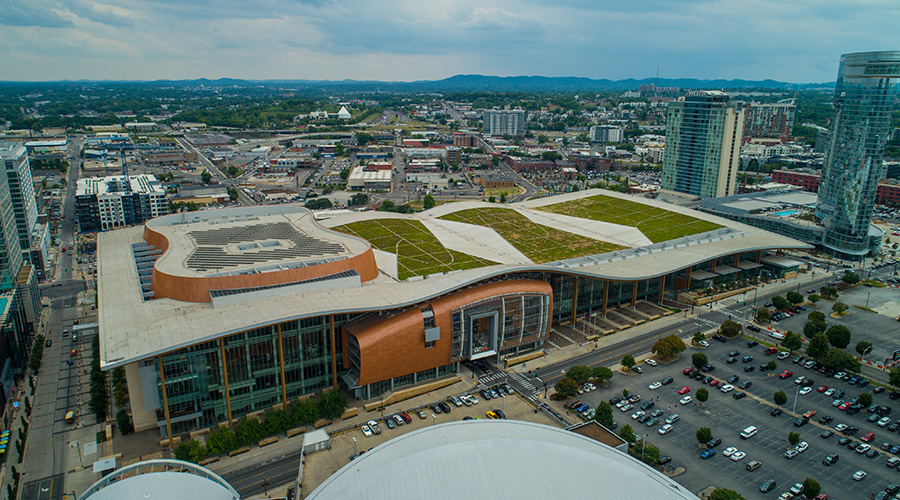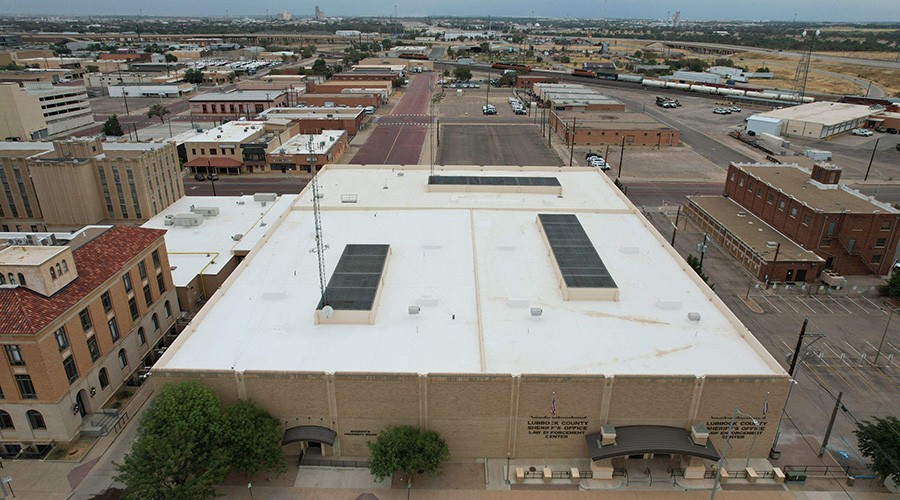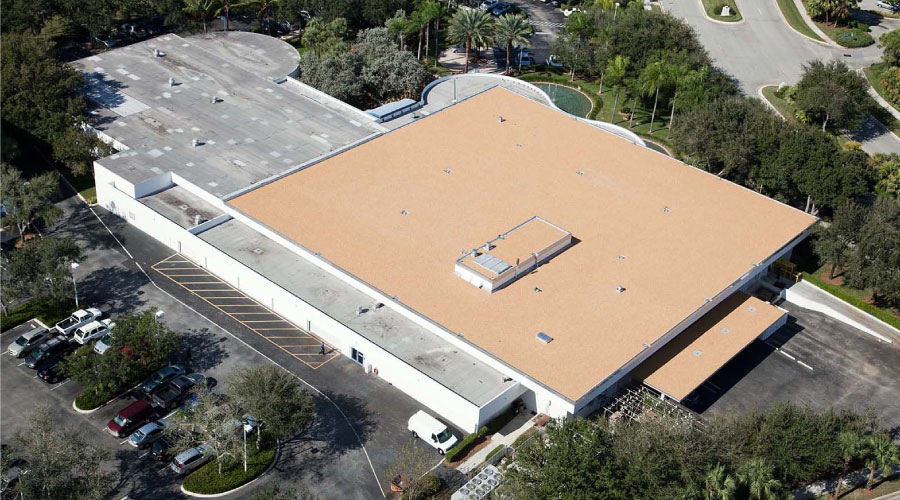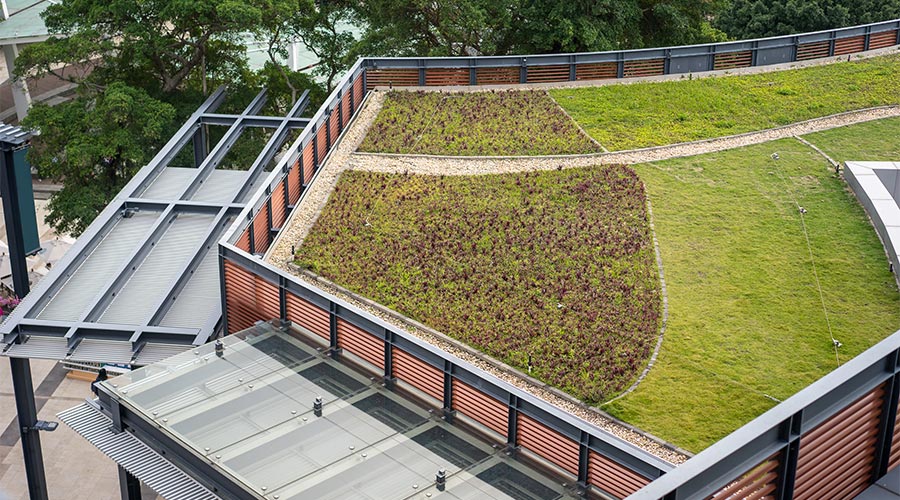What are the Benefits of Vegetative Roofs?
The decision to invest in green products and technologies requires understanding both the upfront benefits and the longer-term impact. In other words, do energy savings and a smaller environmental impact during manufacturing and installation outweigh the effects of possibly having to replace the product after only a few years?
In specifying a vegetative roofing system, that balance is important because the impact of replacing a system is significant. Crews must completely remove overburden materials to replace or even repair the membrane system.
To successfully specify a vegetative roof and maximize its sustainability, maintenance and engineering managers need to understand the system's many components, as well as the potential benefits and drawbacks.
Benefits Of Vegetation
Vegetative roofing refers to plant materials installed over a weatherproofing system. These roofs provide many benefits to the building and environment:
Storm-water control. The planting system, including soil media, reduces the overall volume of run-off, the peak volume-rate requirements for drainage systems, and contaminants in run-off water — all of which reduce the demand on storm-water drainage and treatment systems.
Air quality. Increasing the amount of plantings in any area allows for natural air treatment, reducing airborne contaminants.
Energy savings. The planting system provides a buffer between ambient temperature and roof insulation, reducing the fluctuation in high and low daily temperatures, as well as the rate of temperature change. Both of these benefits result in reduced load on the building's mechanical heating and cooling systems. The added planting media also provides varying levels of increased thermal value. The thermal value of the plantings is inversely proportional to moisture content.
Service life. Assuming a reliable installation, vegetative roof-membrane systems have increased service life over conventional membranes because they are protected from ultraviolet (UV) rays. Vegetation covers the membrane and protects it from thermal-shock stresses, so the planting media buffers the membrane temperature.
Aesthetics and wellness. If a vegetative roof is visible and accessible, occupants and visitors can benefit from this exposure. Some research indicates access to nature scenes can increase productivity, as well as general health.
Related Topics:






